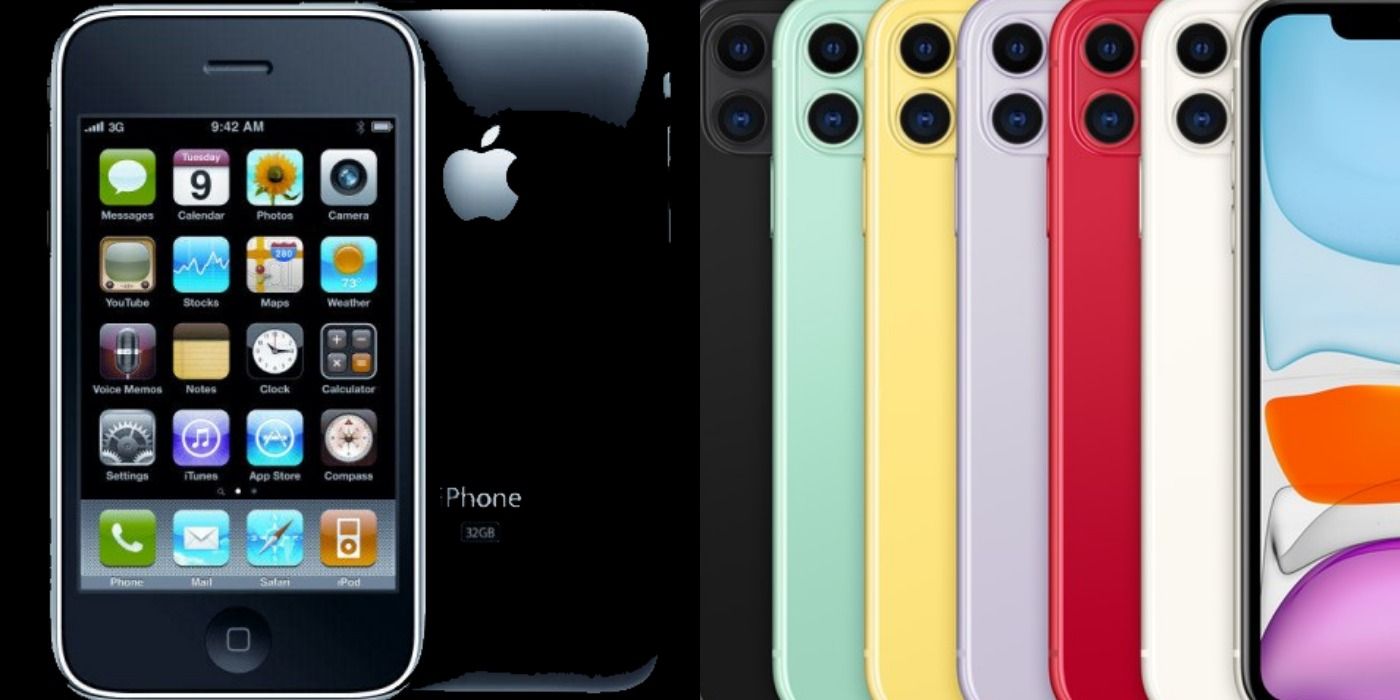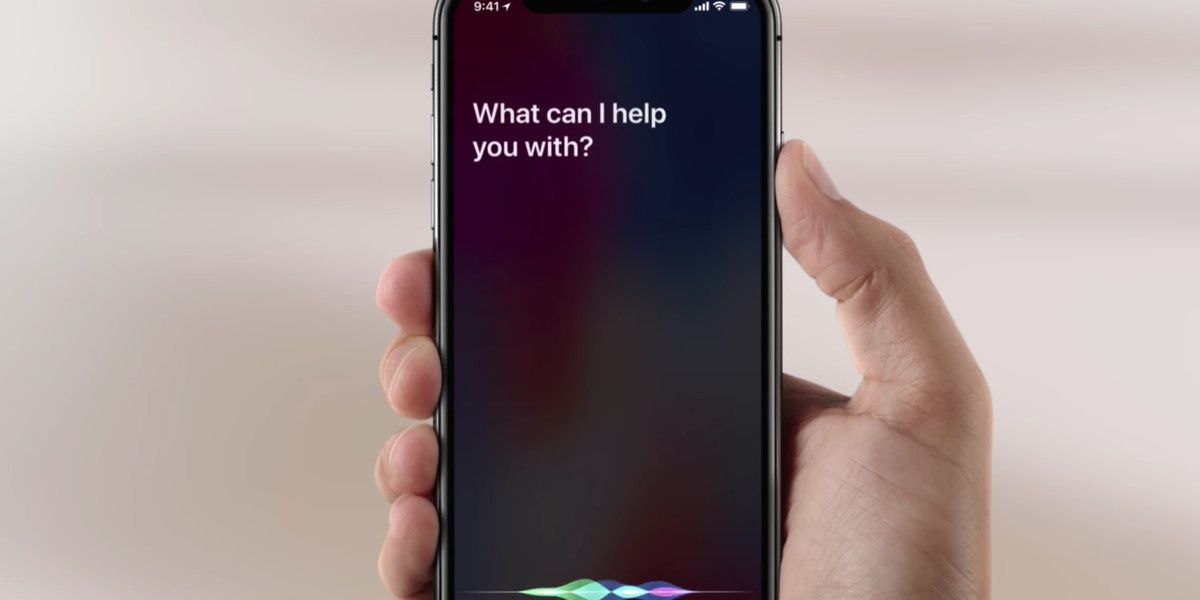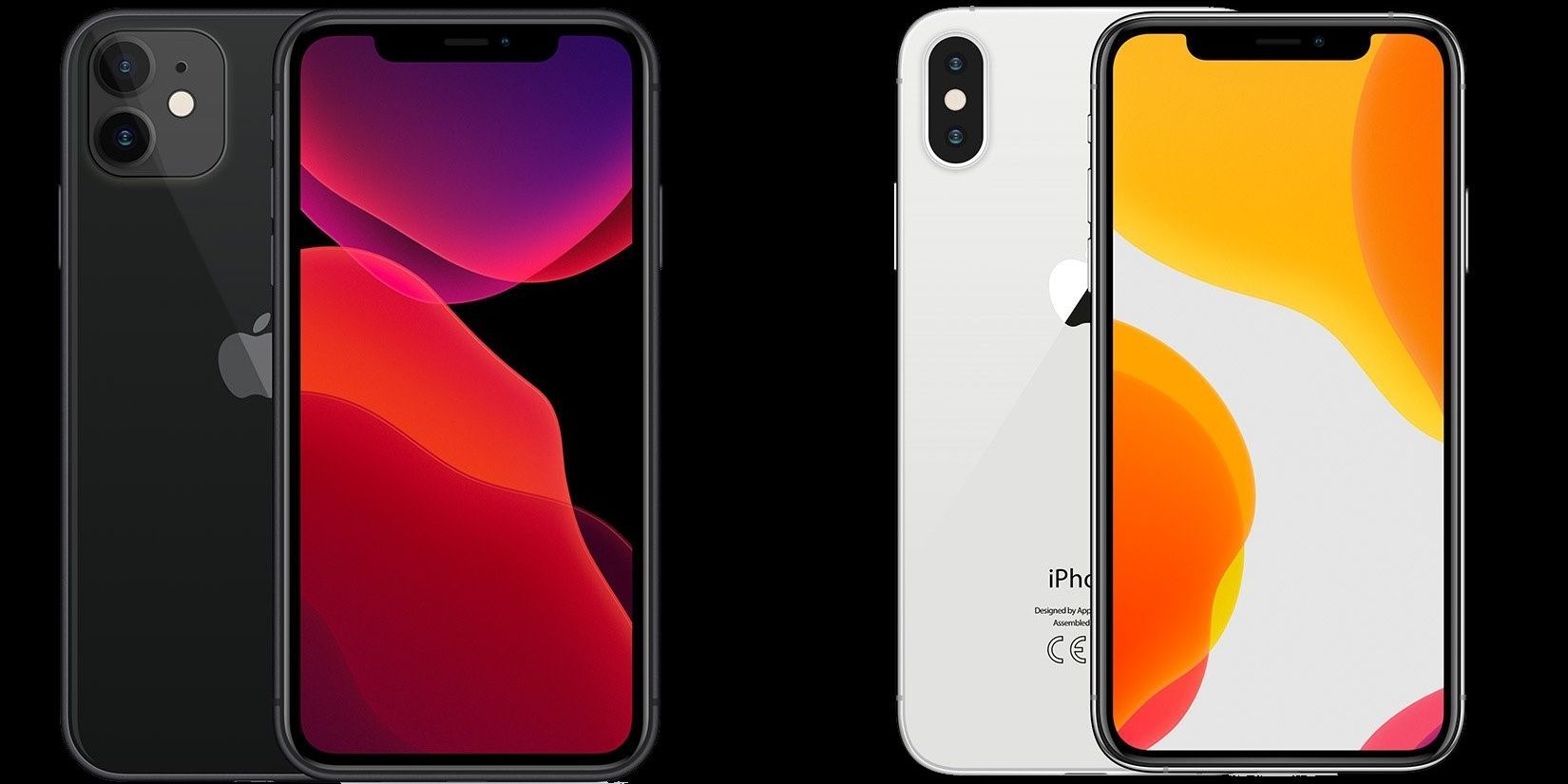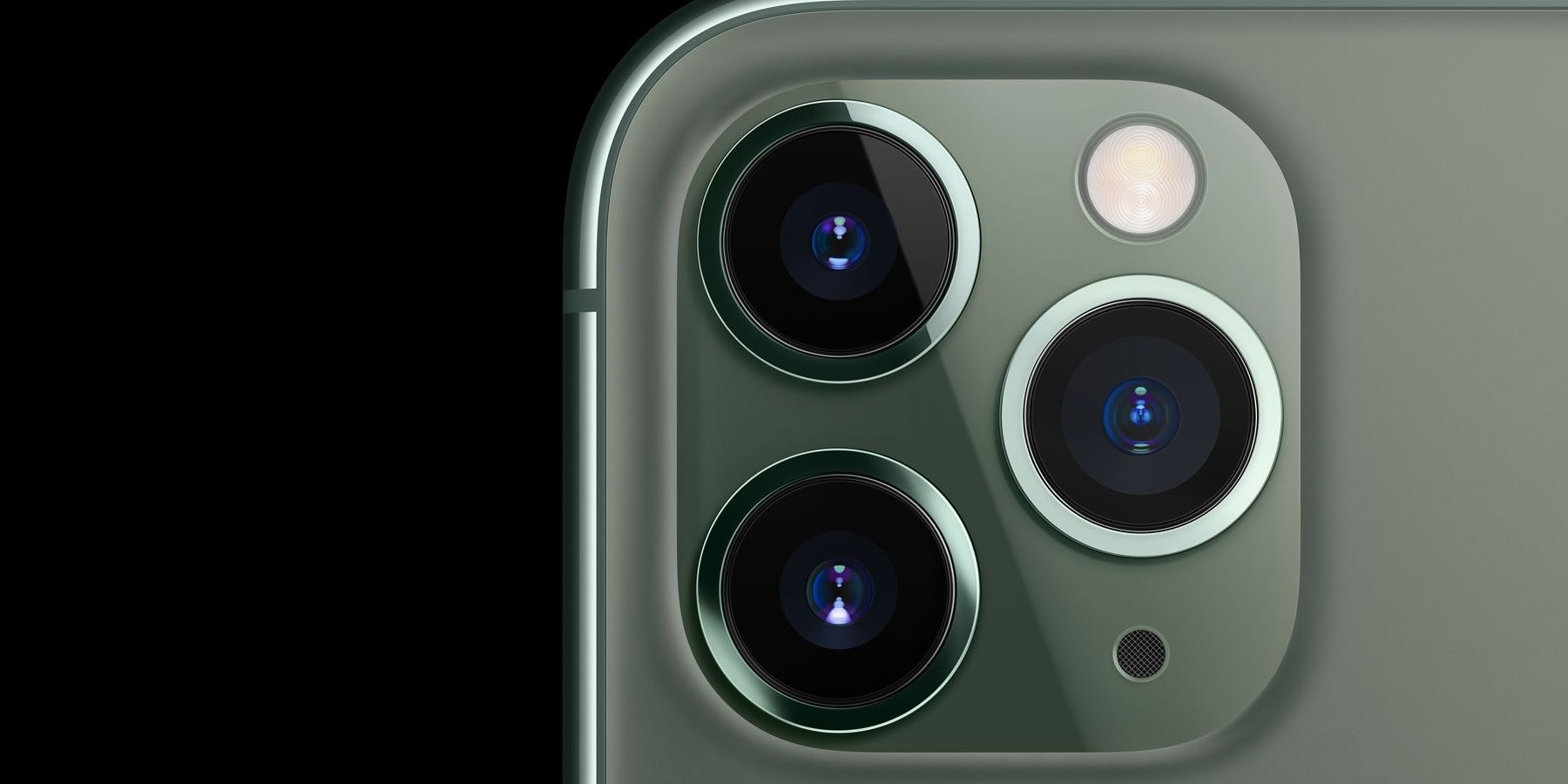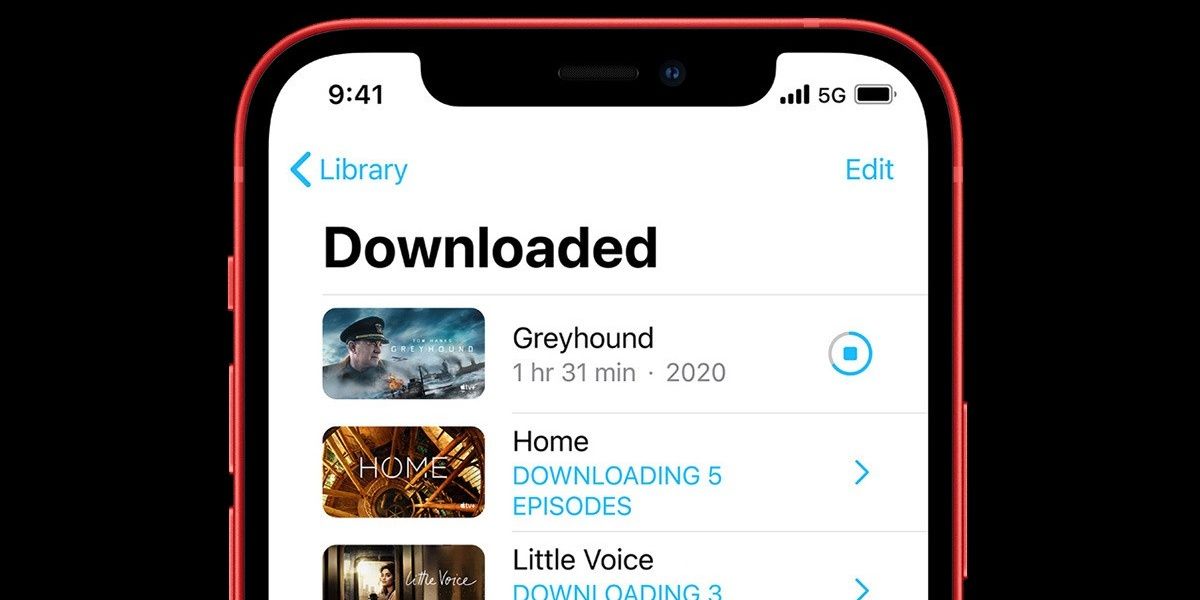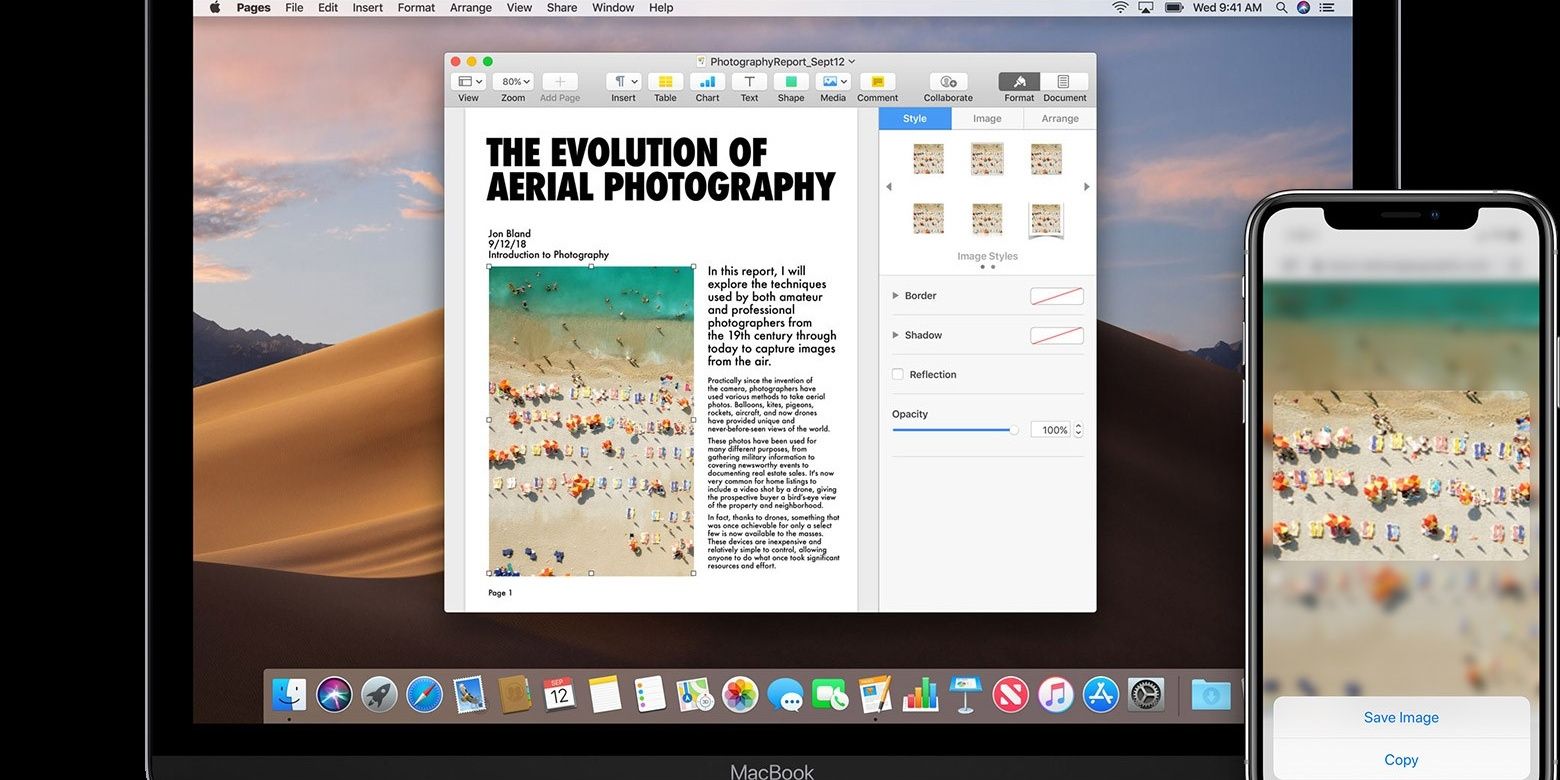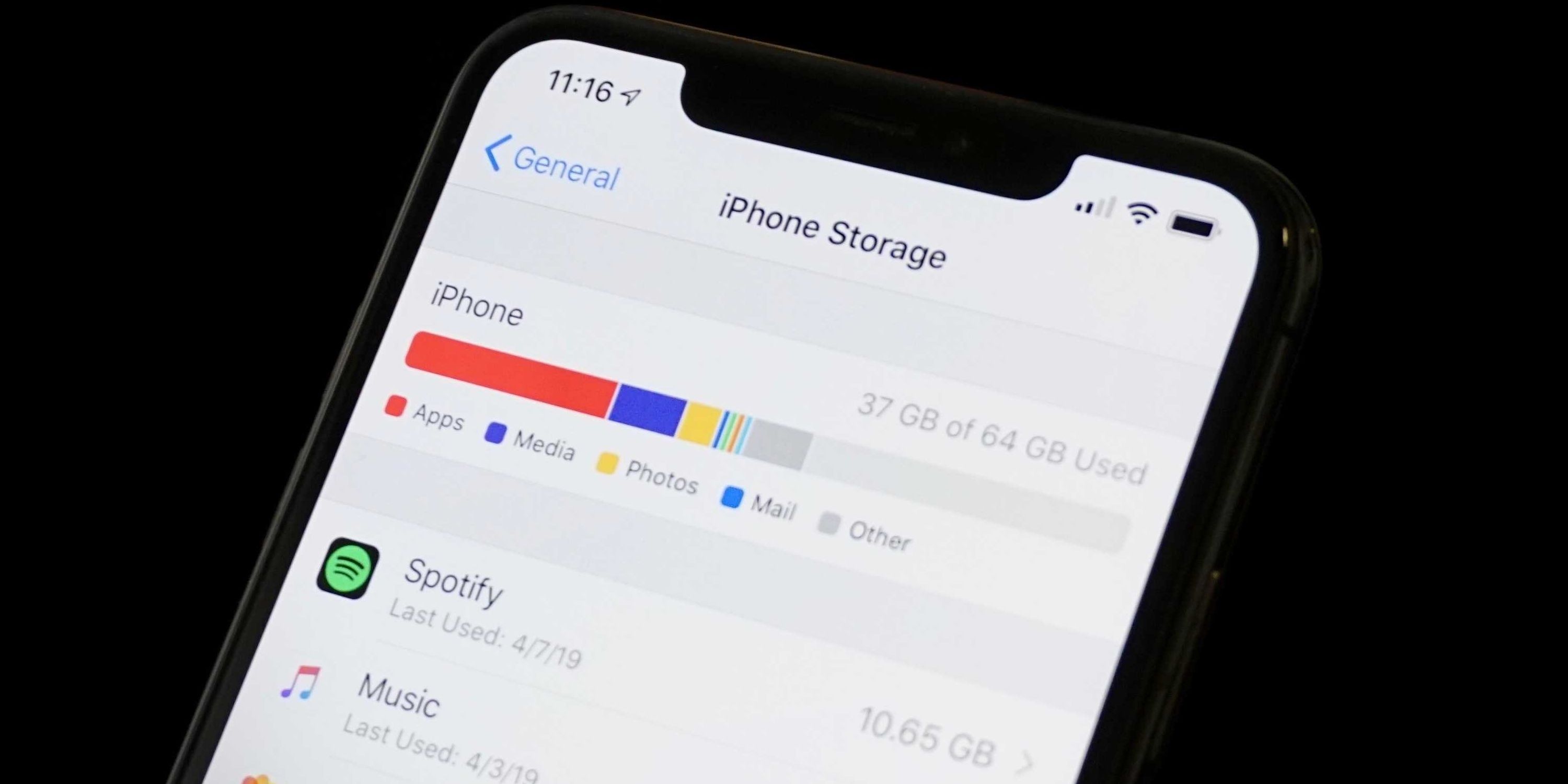When Steve Jobs announced the launch of the first iPhone in 2007, no one imagined just how much that gadget would change the world. More than 12 years down the line, iPhones are bigger, better, stronger, and have plenty of features that make life easier. From higher quality cameras to a personal assistant available on-demand, iPhones truly fit the world in the palm of a hand.
As with all technological advances, Apple continues to tweak its iPhone designs and introduce new models on the market with advanced functions and improved features that offer exciting possibilities. Some of these big improvements have made iPhones a brand of mobile phones coveted by many for the unique benefits they offer.
GPS
Nowadays, it's easy to pull up a map and rely on a phone to navigate to any destination. This handy navigational feature only became available on iPhones from the 2nd generation model, the iPhone 3G, launched in 2008. The built-in GPS came with an additional feature called location services, allowing easier navigation and mapping. This GPS chip worked in conjunction with cellphone towers and Wi-Fi networks to calculate the phone's position easily and fast.
Over the years, iPhones provided additional control over how and whether GPS capability is used on the phone to eliminate privacy concerns related to GPS use. On the phone settings, location-based Apple ads can be turned off while keeping location on for emergency calls and SOS services.
Touch ID
Touch ID, a fingerprint sensor enabling biometric authentication, was first introduced on the iPhone 5s model of 2013. This first form of Touch ID was available on only 4 iPhone models, namely the iPhone 5s, iPhone 6, iPhone 6 Plus, and iPhone SE. From the iPhone 6s up to the 2020 iPhone SE, the second-generation Touch ID was used.
Both work the same way and have similar features, with the exception of the second iteration being 50% faster and more reliable. Apart from unlocking devices, Touch ID allows easy and secure authentication of purchases from the App Store and iTunes store. For more convenience, Touch ID allows adding five different fingerprints, including someone else's other than the owners in case of an emergency.
Siri
Despite being the subject of many jokes, Siri is the perfect personal assistant. Initially introduced on the iPhone 4s released in 2011, Siri has since evolved and gained more capabilities that make both using an iPhone and life in general, easier.
In addition to access to sports data, restaurant information, as well as movie information, over the years some improvements were made to Siri enabling it to post to social media, read incoming messages, and notifications, and open apps. It's also now available in multiple languages with the option to customize Siri's voice according to accent, language, and gender.
Retina Display
The introduction of the iPhone 4 with a retina display brought clarity to mobile displays like never before achieved. At the time, Apple's retina display consisted of 326 pixels per inch, improving the user's viewing experience on the mobile phone as compared to the previous non-Retina iPhone displays.
Recent models such as the iPhone X and iPhone XS Max use the Super Retina display while the iPhone 11 Pro to iPhone 12 Pro Max models use the Super Retina XDR display. These two are a massive improvement on the original retina display, providing better contrast and higher brightness, as well as High Dynamic Range (HDR), which in simple terms makes images on the phone more vivid.
FaceTime
Apple forever changed the way people communicate with the introduction of FaceTime, an audio and video chatting platform. The iPhone 4 model of 2010 was the first one to use Apple's FaceTime technology.
Initially, FaceTime calls could only be made between 2 iPhone 4 models through WiFi connectivity. With the release of the iPhone 4s, came the compatibility of FaceTime over 3G. The improvement of the operating system to iOS 7 also enabled FaceTime audio calling without video. Now, the FaceTime feature is a favorite among many iPhone users who rely on it to keep in touch with their loved ones.
Camera Quality
With each new iPhone model, the camera quality has improved significantly, from increased resolution to video stabilization features that enable smooth video recording. In addition, Apple added plenty of camera features such as time-lapse video functionality, slow-motion video, panoramic photo options, stereo recording, and many more.
To put this in perspective, the first iPhone model had a camera that was just 2 megapixels, while the iPhone 11 of 2019 has dual 12 megapixels cameras, each with unique photographic features and functions.
Multitasking
The release of iOs 4.0 brought multitasking features to the iPhone 4 and iPhone 3GS, as well as later models. Thanks to this feature, multiple applications were able to run and perform tasks at the same time.
Initially, multitasking was only possible when using Apple's own pre-installed apps but with time, multitasking was enabled even with third-party apps, starting with the iPhone 4s model. Multitasking features include listening to music on a 3rd party app and receiving notification of an incoming call on apps like Skype, even if they aren't currently launched.
From 2G to 5G
The original iPhone was compatible with 2G connectivity only at a time when 3G was all the rage. With later models, Apple upgraded from 2G to allow faster web connectivity. The iPhone 5, for example, included LTE functionality, which enables users to browse the web faster. All models with LTE support can connect to fast LTE networks all around the world
Certain models, such as the iPhone 12 and 12 Pro, support 5G, which allows downloading of movies, high-quality video streaming, and HD FaceTiming at very fast speeds. In addition, Apple is working on a 5G modem for a future iPhone, providing more benefits for users.
Cut, Copy, and Paste
The ability to cut, copy, and paste text is one that's easy to take for granted because it's been a feature on phones almost forever. However, Apple didn't introduce this feature on phones until the release of the iPhone 3GS in 2009.
iPhone took things a step further with this function by adding a Shake to Undo feature so you can easily fix any mistakes you may have made while cutting, copying, and pasting. Now Apple even allows copying from an iPhone and pasting to a Mac, making transferring text, photos, and videos from one device to another easily through the Universal Clipboard feature.
Storage Space
Bigger is definitely better when it comes to the amount of storage space a phone has. As many users now rely on phones for almost everything, from storing photos to important documents, having enough space for everything is vital.
The original iPhone had a 4GB and an 8GB model. At the time it seemed like a lot of space and for a while, successive iPhone models had 8GB storage capacity before eventually increasing to 16GB then 32GB. The latest iPhone models such as the iPhone 12 released in 2020 have up to 256GB internal storage capacity.

